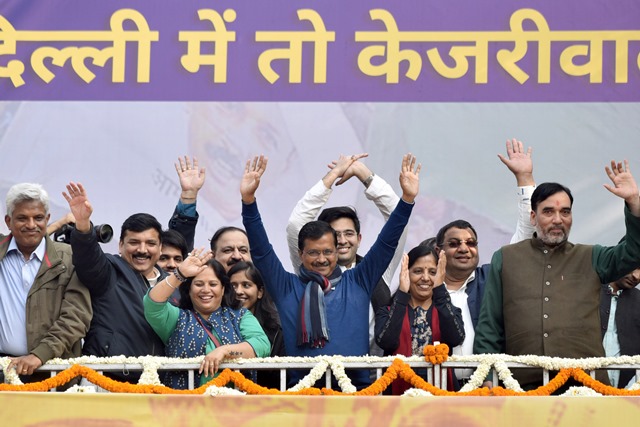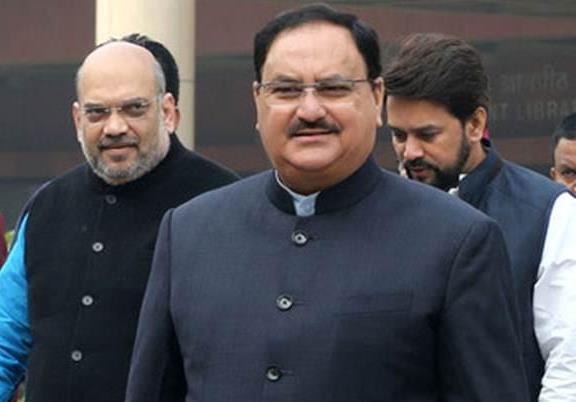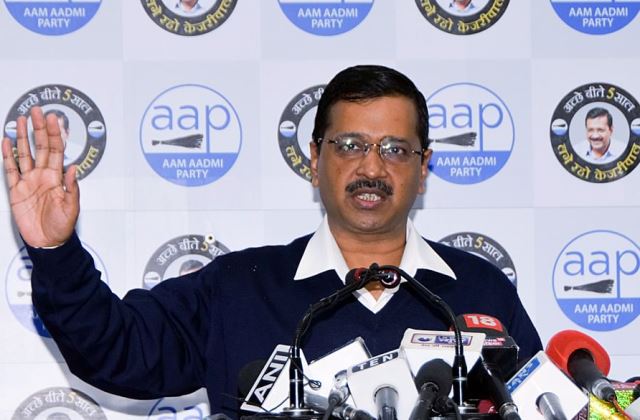Ever since the Aam Aadmi Party (AAP), led by Mr Arvind Kejriwal, decisively swept the recent Delhi elections and won 62 of the 70 assembly seats, India’s political analysts have been assigning various reasons for that victory. Mr Kejriwal is back as chief minister of the state for the third term (his first term was a short one, lasting barely a couple of months; but his second tenure as chief minister lasted the full five years) and the post-result analyses in Indian media have attributed his comeback to multiple factors.
Some analysts have said Mr Kejriwal avoided confronting his main rival, the Bharatiya Janata Party (BJP), which runs India’s central government, by largely keeping silent about the widespread protests in his state against the Citizenship Amendment Act. Those protests still continue and recently police action in some of the university campuses in Delhi turned grimly violent. By not forthrightly condemning or supporting the CAA or the protests against it, some analysts have argued, Mr Kejriwal managed to win over the Hindu majority voters who might have otherwise swung towards the BJP. Yet others have said Mr Kejriwal may have adopted a soft form of pro-Hindu campaigning—visits to temples; chanting of scriptures and slogans; and so on—to beat the BJP at its own game.
Some of these “analyses” could be over-wrought and, in some cases, even quite inaccurate. Delhi may be home to some of India’s richest people but the fact remains that almost half (49%) of Delhi’s 14.3 million voters live in the National Capital Territory’s (NCT) slums. These slums are home to Delhi’s poorest. Arguably, the value of a vote for poorer voters is far higher than that of richer, more privileged voters. And when nearly 63% of Delhi’s voters turned up to vote, it is reasonable to believe the larger proportion of them were poor voters rather than their richer counterparts.
So then why did Delhi’s citizens vote unequivocally for Mr Kejriwal and his AAP? An indication of the answer could lie on this very website that you are currently perusing. Shortly after the results were declared and AAP emerged as the unchallenged winner (compared to its 62 seats, its closest rivals fared terribly: the BJP got 8 and the Congress none), Lok Marg’s team sent out reporters to ask people why they voted for Mr Kejriwal’s party. Videos of those interviews may be watched on the site below
WATCH: Why Delhi Voted For Kejriwal
Even a casual perusal of those videos will show why people, particularly poor Delhiites living in the under-privileged colonies of the city-state, opted to click on the AAP’s broom symbol when they turned up to vote. The reasons are basic and pertain to fundamental needs of citizens. In his five-year term as chief minister, Mr Kejriwal and his government have been perceived to have delivered on their promises. The poor have benefited from reduced or highly subsidised supplies of electricity and water. Broken roads, and drainage systems have been repaired; CCTV surveillance and street-lighting in crime-prone areas have been installed; and education, meals, and teachers’ attendance at Delhi state’s government-run schools have improved.
These are just a few of the achievements of the AAP government in the past five years. In a state like Delhi—which is home to more than 20 million people—these are significant factors that determine how its citizens vote. What Mr Kejriwal’s pronouncements are on the CAA or the student protests at various Delhi universities and colleges may matter much less to the average Delhiite than the basic facilities that he or she expects their government to make accessible to them. And on that count, Mr Kejriwal’s return to power could be a people’s referendum on his past performance and their faith in his governance rather than the nuances of his utterances on recent political developments.
Watch: Aam Aadmi Reacts To Kejriwal’s Win
Delhi’s elections are unlike those of other bigger states because Delhi is a unique sort of a state. The Delhi government’s ambit doesn’t extend to law and order (Delhi’s police force reports to the central government). Likewise, the allocation or use of Delhi’s land falls under the central government; central Delhi’s New Delhi Municipal Council (NDMC) falls under the central government, while the three other municipal corporations report to the state’s Lieutenant-Governor who is an appointee of the central government.
This “special status” of the state of Delhi has meant that its elected government is constrained from acting as a full-fledged government. It has also led to frequent conflict and friction between the state’s government and the central government, factors that get particularly exacerbated when the parties in charge of the state and those in charge of the central government are rivals. Mr Kejriwal’s second tenure, since 2015, has been marked by such tensions. Yet, his achievements have not been insignificant. The people’s verdict that has won him a third term is clear proof of that.


